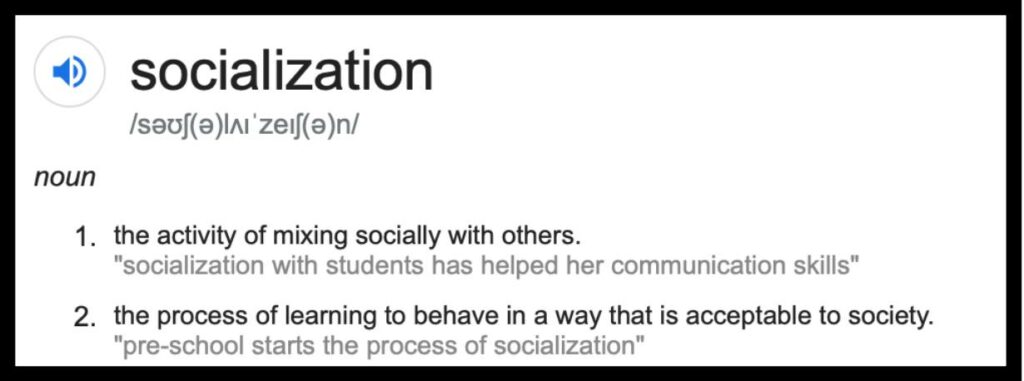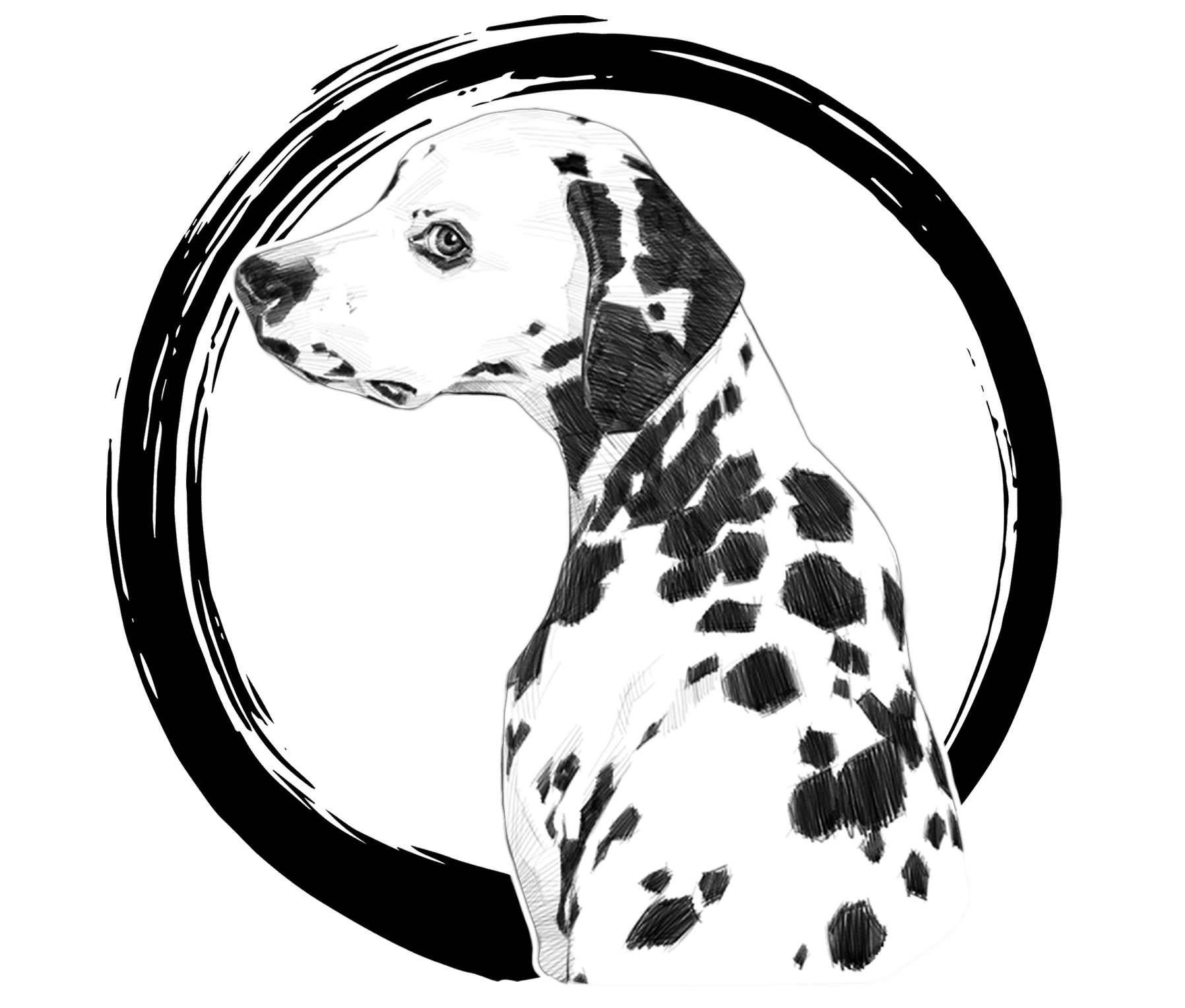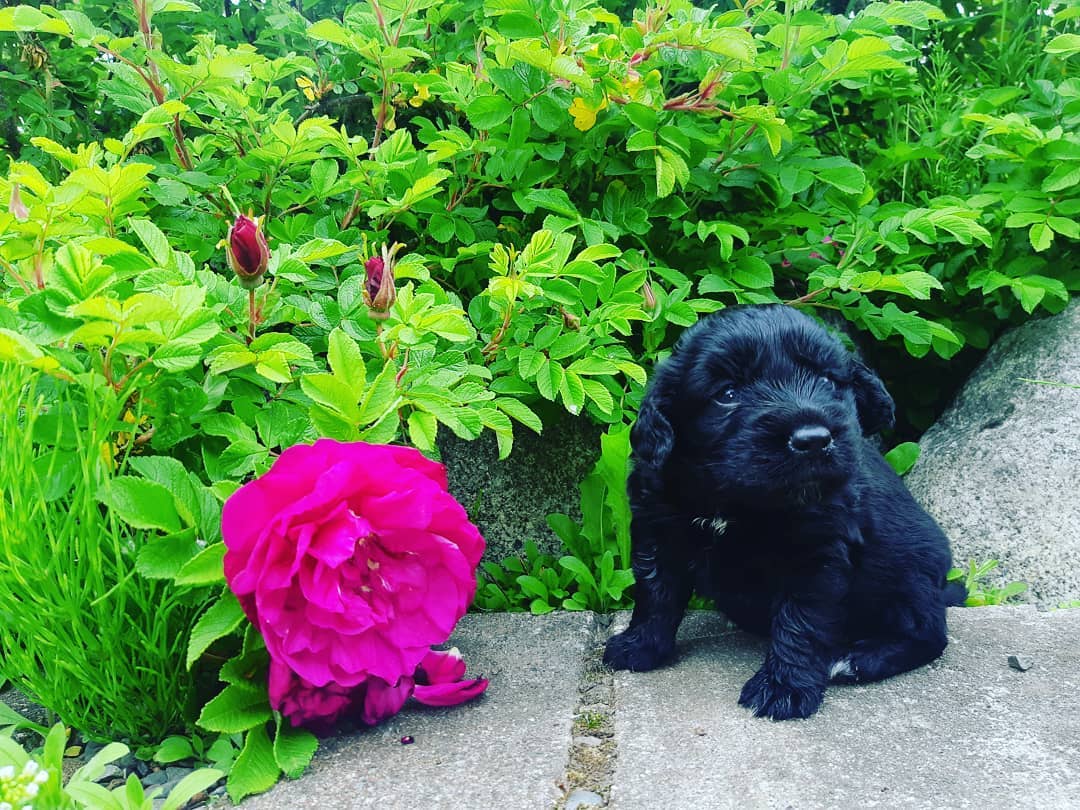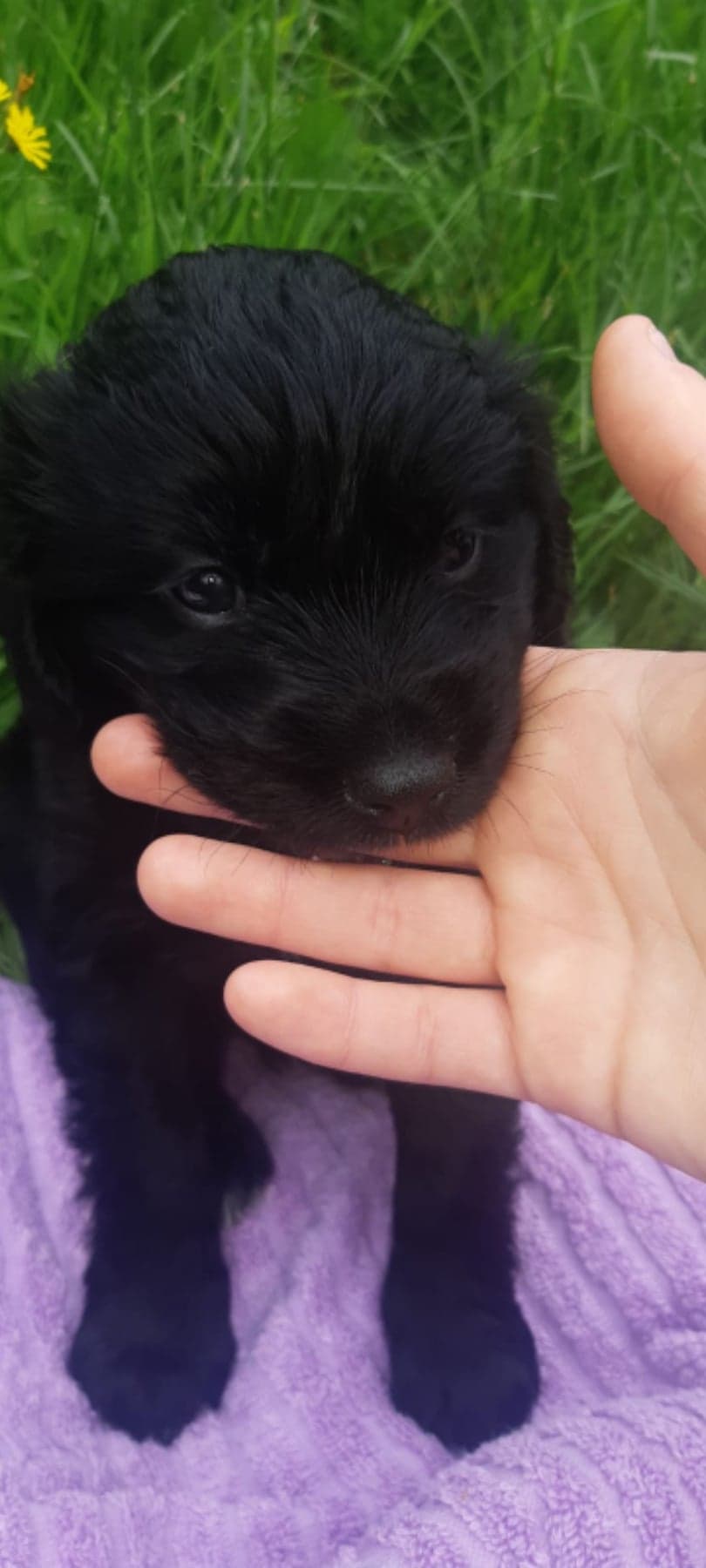Written by Laura Friis, Legende Let Lydighed, for 101dogspots.com
Socialization. It’s a word every dog owner knows and a lot of dog owners also fear it to some degree. Here, in the midst of a global pandemic, we’re seeing an increase in people bringing puppies home. And while bringing puppies home isn’t a bad thing, the new puppy parents will soon begin to dread that they will not be able to socialize their new family member properly, with all the social distancing going on.
It’s a deep, black hole of despair many new puppy parents now find themselves in. The joy of their new family member slowly being replaced by doubts and worries. You might be one of these. You might be able to give this picture a nod of recognition, because that’s where you’re at right now, too. And that is all right.
Here’s the kicker though. I’m writing this blog to tell you that you do not have to worry. Yep, that’s right. I’m saying it. Don’t panic!
Are you okay now? Take a deep breath and relax. Just like that, and let’s get to the point. I’ve told you not to panic, and here’s why. Socialization as we know it is wrong. Yes, I said that. And the reason is quite simple really. The flaw is in the word. The frame below is a cut from the online dictionary, showing the definition of the word socialization. What we need to pay attention to is the first definition. That is the one most people associate with socializing a puppy. And it requires interaction. Social, possibly physical interaction. Now, it the middle of social distancing, I believe you can see where the fears new puppy parents have are coming from. How can our new puppy interact with others while we keep a distance? To be frank, they can’t. And to help ease your growing panic, know that they also do not have to.

Wow! What was that? Yep, your new puppy does not need to physically interact with a slew of strangers every time you leave the house. In fact, a lot of puppies find this practice very concerning, especially because the outside can be very scary too when you’ve only been alive for 60-90 days. This means that this overly active puppy handling by strangers can result in a puppy that really do not like strangers because they do stuff puppy don’t like. The result will likely be barking, lunging, or fear issues where puppy shuts down and refuses to go to strangers. The same goes for other dogs. Not all dogs are good with puppies, so letting your dog interact with all other dogs is a dangerous gamble because you do not know the outcome of the meeting.
What about the puppies that love strangers though? Yeah, they surely exist too. Won’t all these strangers be good for him though? Probably not, no. The puppy that loves everyone sure won’t have the fear related issues described above, but you can easily end up with a dog that absolutely needs to go say hi to everyone they meet, no matter if the person is interested or not and no matter if you’re in the mood for it or not. The puppy that has actively greeted everyone when he was little, won’t understand why that’s suddenly not allowed. The end result will be frustration galore. Barking and lunging belong here too.
As dog owners, we don’t really want any of these scenarios to happen. And sure, the meet everyone approach can work smoothly with no issues for some dogs. I’ve had one of those dogs, so I know that first hand. On the other hand, I currently have one of the dogs that do not care for human or dog interaction. She was petted by too many when she was little and I am working with the issues still, with her having just turned 3 – no fun. I also regularly work with one of the dogs described in the second description. No fun either as he can’t see humans nor dogs without believing that it must be playtime. For a massive GSD, that’s a really troublesome behavior.
With that settled, what do we want? Back to the clip above from the dictionary. Seriously, we want definition number 2. We want a dog that can “behave in a way that is acceptable to society”.
So how do we get that, if we’re not supposed to interact with everything? That is a very good question and there’s a lot of exercises that can create a well-socialized puppy without having everyone handling him or having him play with every dog you meet.
Before we get started, I’d like to hammer a point down: The steps below go together. If you only choose the one looking most fun to you, you’ll get limited results.
Step one is to ditch any ideas of the dog park. You can use fenced dog parks with a friend with a reliable dog during down hours where you’re alone, but don’t go there for your dog to meet a lot of different dogs. A lot of dogs don’t have the manners required for a dog park, and the amount of owners who still believe in “letting them work it out themselves” is dangerously high.
What to do instead: Watch the dog park from a distance. Hang out with your dog and reward calmness and interaction with you. Exercises such as coffee shop, reward anything, and engage disengage are great tools for this.
Set up play dates with reliable dogs. Dogs that are good with puppies and have play manners. Avoid dogs that play rough with no stop buttons.
Secondly, don’t pet my dog. At the very least, people should always ask before trying to interact with other people’s dogs, but even if they ask, let them know that they can only do so if the dog chooses to interact with them.
This is tricky. Most people automatically reach out for a dog that comes to sniff them, but the dog doesn’t sniff to be petted. He’s collecting data. He’s creating a first-hand impression of this new creature, and if we think about it for a moment, we’d probably back off too, if we were looking at someone to gauge their personality and they went straight for a hug. What the heck?
What to do instead: Let your puppy sniff. Hand the greeter some treats to drop on the ground. This serves two purposes for the puppy:
- Strangers mean great things coming my way with no pressure.
- Puts focus on the ground and prevent jumping up for attention – clever, eh?
Once the dog is comfortable with the stranger, they can offer their hand, but only pet if the dog initiates it from there. If the dog moves away, end the meeting politely and walk away. This is a light version of a consent test. If you want to know more, check out this video:
Third, explore the world! Yes! You’ve just got yourself a new best friend for 8-16 years ahead! Explore stuff, but remember, no pressure. Don’t force stuff your dog is uncomfortable with. Scared of the traffic cone? Don’t move your dog to the traffic cone or flood him with a forrest of traffic cones.
What to do instead: Reward after novel things. When you’re out and about, simply mark and reward after anything that passes you by. Man with a beard? Sure, have a hot dog! Weird cars and kids on bikes? Yes! that’s what cheese is for! Keep your rewarding calm, but happy. Rewarding in a scatter feeding fashion at a comfortable distance from the potentially scary things is a great way to build calm confidence around them.
Reward after encounters with anything your dog could encounter in the real world. Let your dog explore. Help him build confidence in the world, and teach him that no matter what the world brings, it also brings something awesome from you. Again, this is an approach that serves more than one purpose:
- Your dog associates new, potentially scary stuff with something good (treats from you).
- You build a history of rewarding check-ins and attention to you instead of everything else. This will aid you later on when working on recalls and disengaging.
- It helps your dog build a history of disengaging from triggers that prevent hyper-focus and frustration.
Build general confidence with your dog at home. Make feeding interesting: Noise boxes, snuffle mats, and trick teaching are all great tools for your dog. Scatter treats on different surfaces and textures to build confidence in new areas. Tarps, grass, pavement, wood chips, steel doormats, and pretty much anything you can think of. Paws up are one of my favorite exercises for confidence building. Putting paws on new things can be weird for dogs, so making it highly rewarding builds trust in new stuff being great. do 101 things with a box – we all have boxes these days with everything being delivered to our doors and teach your dog to pop his head in a cone and open that umbrella.
Socialization should really be redefined. But until it is, feel free to share this article far and wide. But meanwhile, dress up as the crazy lady and scatter some hot dogs for your puppy. He’s going to meet some crazy people in his life. You might as well be the best of the crazies. Got questions? Drop them below. Ready to socialize your puppy the new way? Off you go and cut those hot dogs, and remember, you’ve got this!




